Clipart tagged: ‘Memphis’
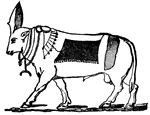
Apis
A bull to which divine honors were paid by the ancient Egyptians, who regarded him as a symbol of Osiris.
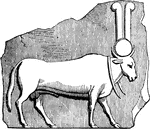
Apis
"The bull worshipped by the ancient Egyptians, who regarded it as a symbol of Osiris, the god of the…
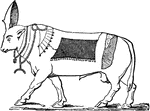
The Bull Apis
Also known as Hapis. In mythology, Apis was a commonly worshipped bull-deity in the Memphis region.
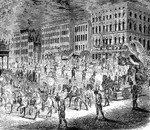
Memphis Cotton Carnival
An illustration of Memphis, Tennessee's Cotton Carnival, which consisted of a series of parties and…
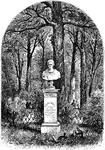
Andrew Jackson
An illustration of a sculpture of Andrew Jackson located in Memphis, Tennessee's city park.

Egyptians Plowing
From a Bas-Relief of the Oldest Dynasty, Memphis. Depicts two men plowing with two oxen.
